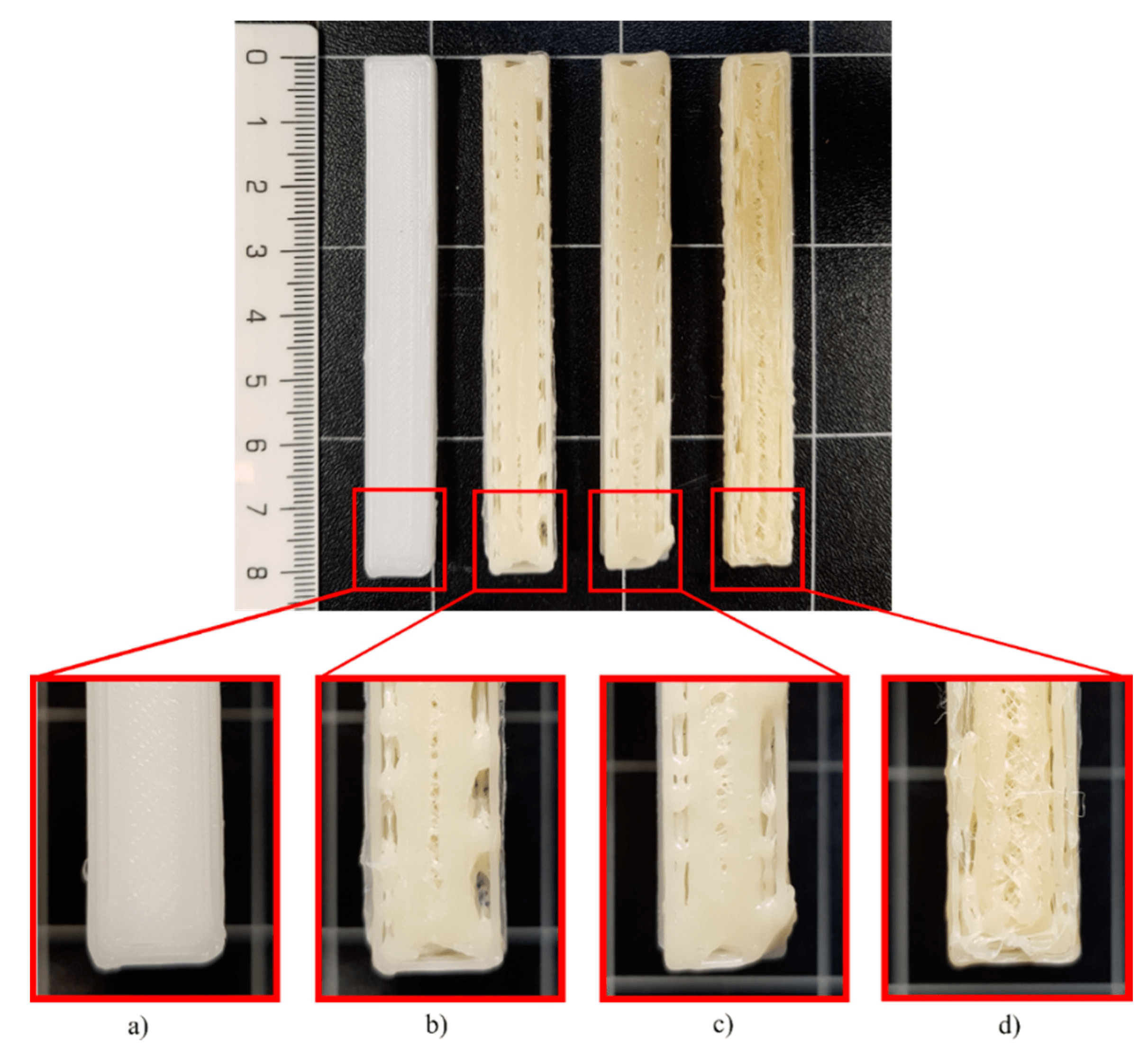Researchers from Spain and Ecuador are focused on nature-driven materials for digital fabrication, outlining their findings in the recently published ‘ New Materials for 3D-Printing Based on Polycaprolactone with Gum Rosin and Beeswax as Additives .’
.
Nature is often the inspiration for scientific findings and innovations, and the world of 3D printing is no exception, from the intense study of fish to seashell material to the ever-changing color of the chameleon’s skin, and more.
.
In this study, the researchers experiment with the potential of gum rosin and beeswax as additives, analyzing mechanical, thermal, and structural properties. Reminding us that polymers are indeed useful in manufacturing and many applications, some do present a hazard to the environment regarding the build-up of waste on the planet. With no desire to add to that problem, the authors sought alternative materials such as biopolymers. While there are many benefits to avoiding the […]
Case Study: How PepsiCo achieved 96% cost savings on tooling with 3D Printing Technology
Above: PepsiCo food, snack, and beverage product line-up/Source: PepsiCo PepsiCo turned to tooling with 3D printing...






























0 Comments